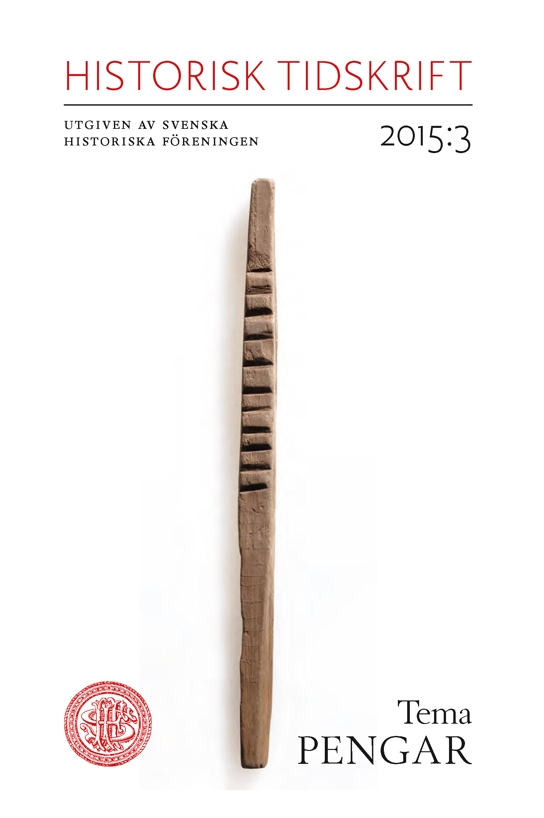Abstract
Second-hand clothes and textiles as a store of value and medium of exchange in Västerås 1830–1900
Clothes and textiles were a ‘store of value’ and a medium of exchange during the early industrialisation in Sweden 1830–1900. The study of second-hand trade at auctions in the small Swedish town of Västerås serves to problematize the meaning that second-hand trade had for different groups in society. This article presents results from cross-sectional studies of auction sales in Västerås in 1837, 1860, 1885, and 1898.
The results suggest that second-hand clothes retained their position as store of value until the turn of the 19th century. As late as the end of the 19thcentury there was a shortage of coins and paper money and few secure alternative to money. Despite major changes in the financial market and, from the mid-19th century, an industrial breakthrough in textile production, with falling relative prices and a shift to more breakable fabrics, clothes and textile remained important items at the auctions studied. However, there was a shift in the kind of objects that were traded in this market and in who used them as a store of value and a medium of exchange. Already in 1860, there was a shift from putting up textiles and clothes for sale to mainly selling clothes. In the last decades of the 19th century there was uncertainty about the value of second-hand goods. To compensate for falling average prices for clothes and textiles, people who continued to use auctions to sell clothes at the end of the 19th century managed to choose items that maximised credit or cash earned. Both men and women chose to sell men’s clothes of high value. However, the loss of the store of value in second-hand clothes around 1900 might have hit women and less wealthy persons harder and made them more vulnerable, as they did not have the same access to financial institutions that better-off men had.

